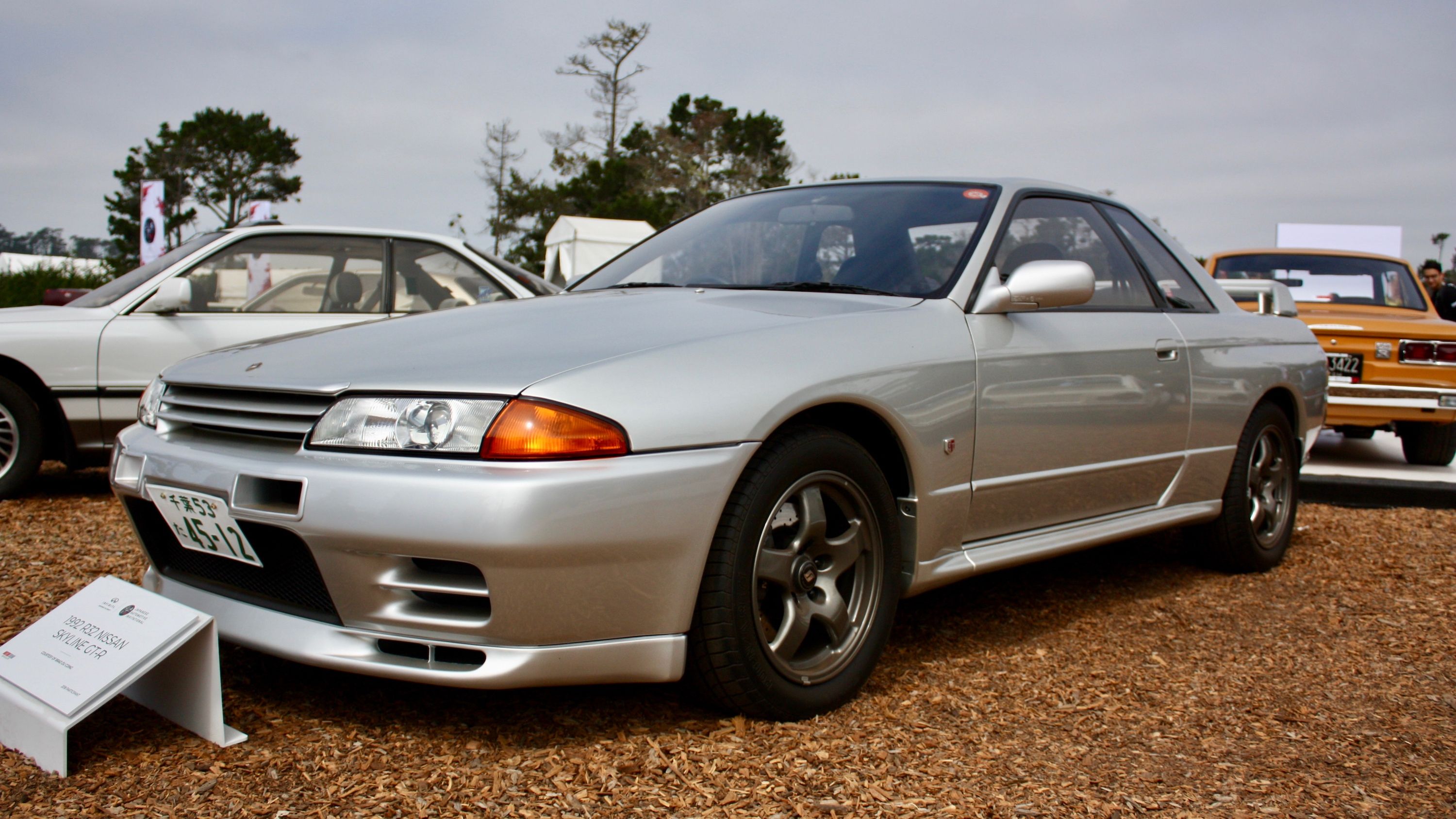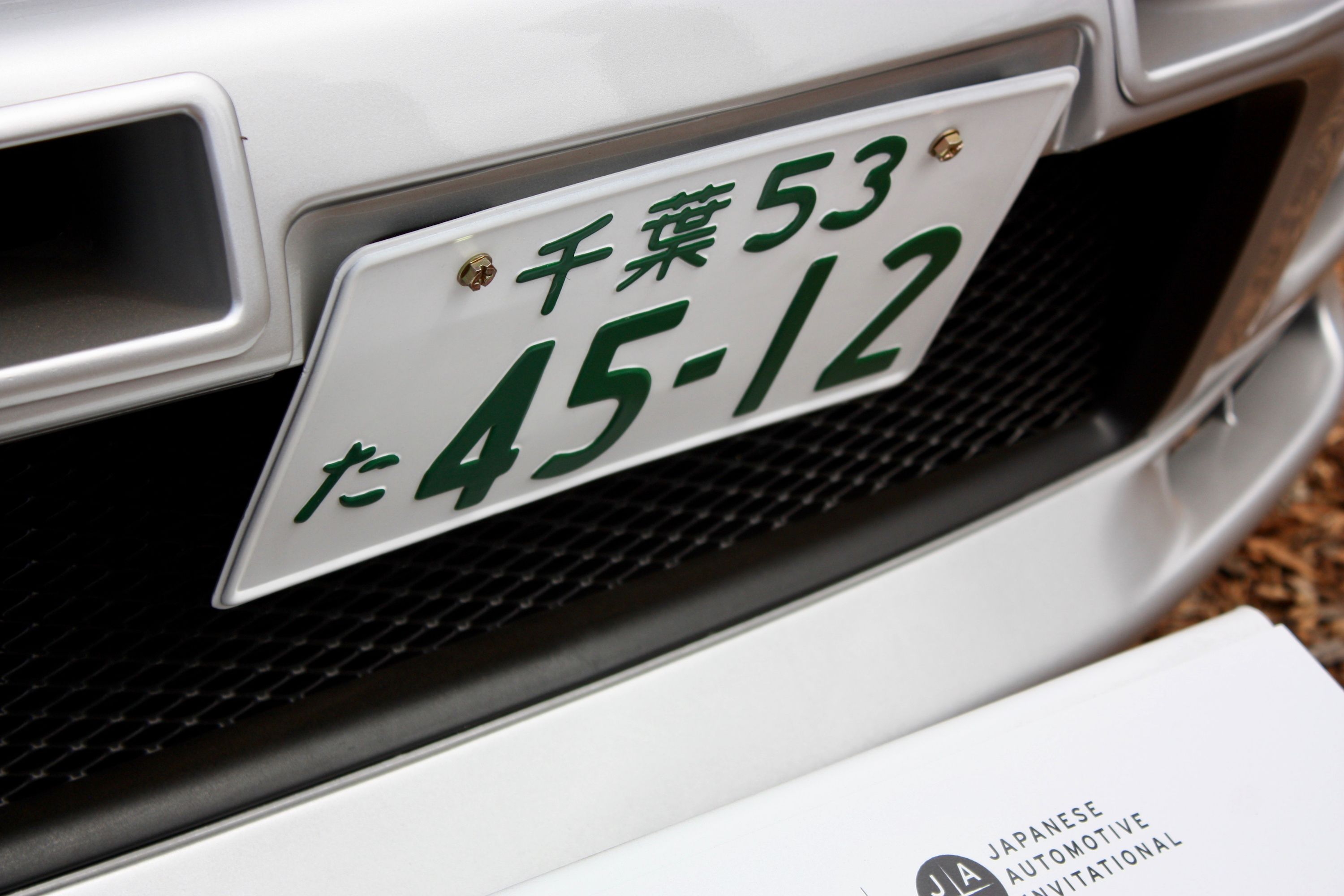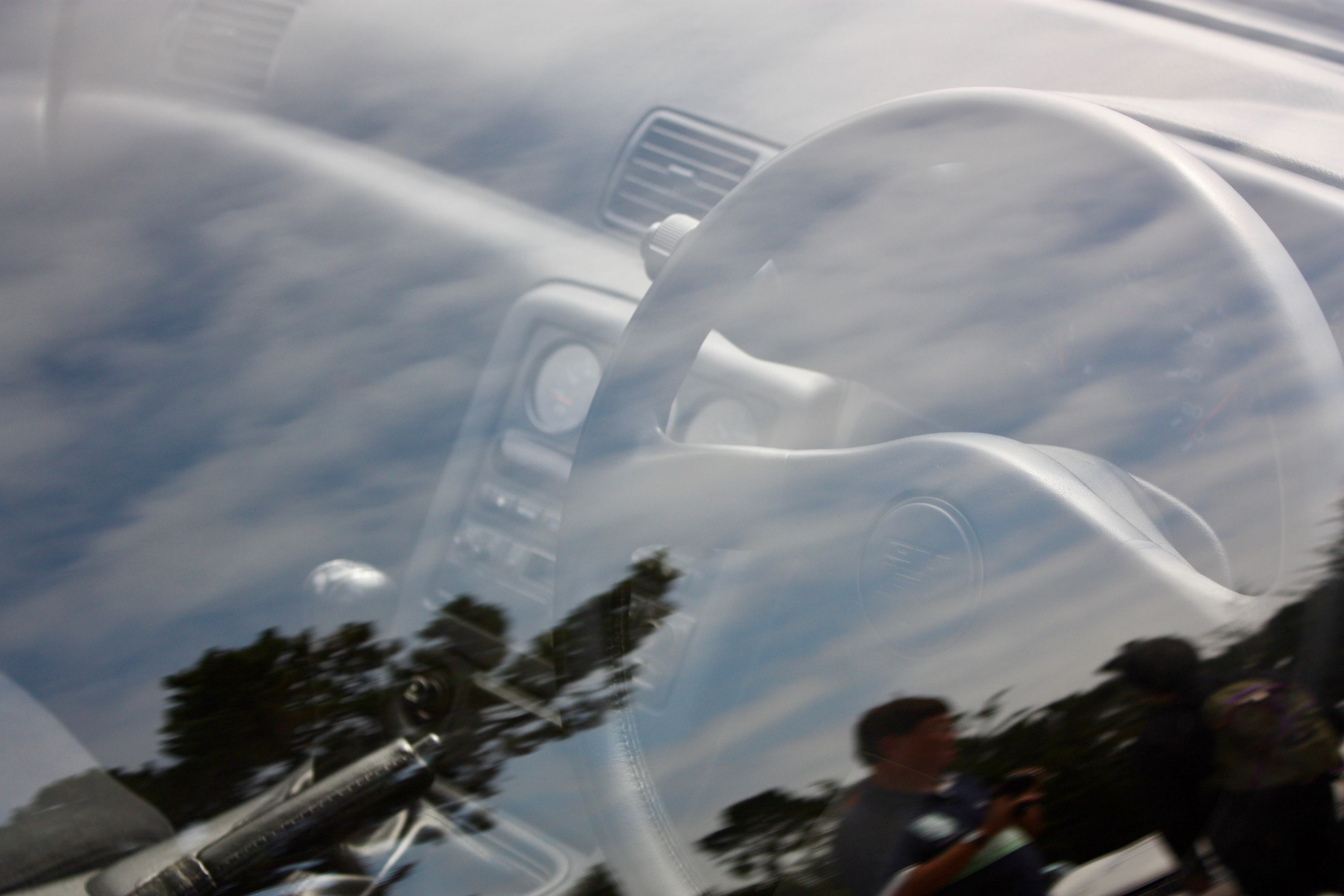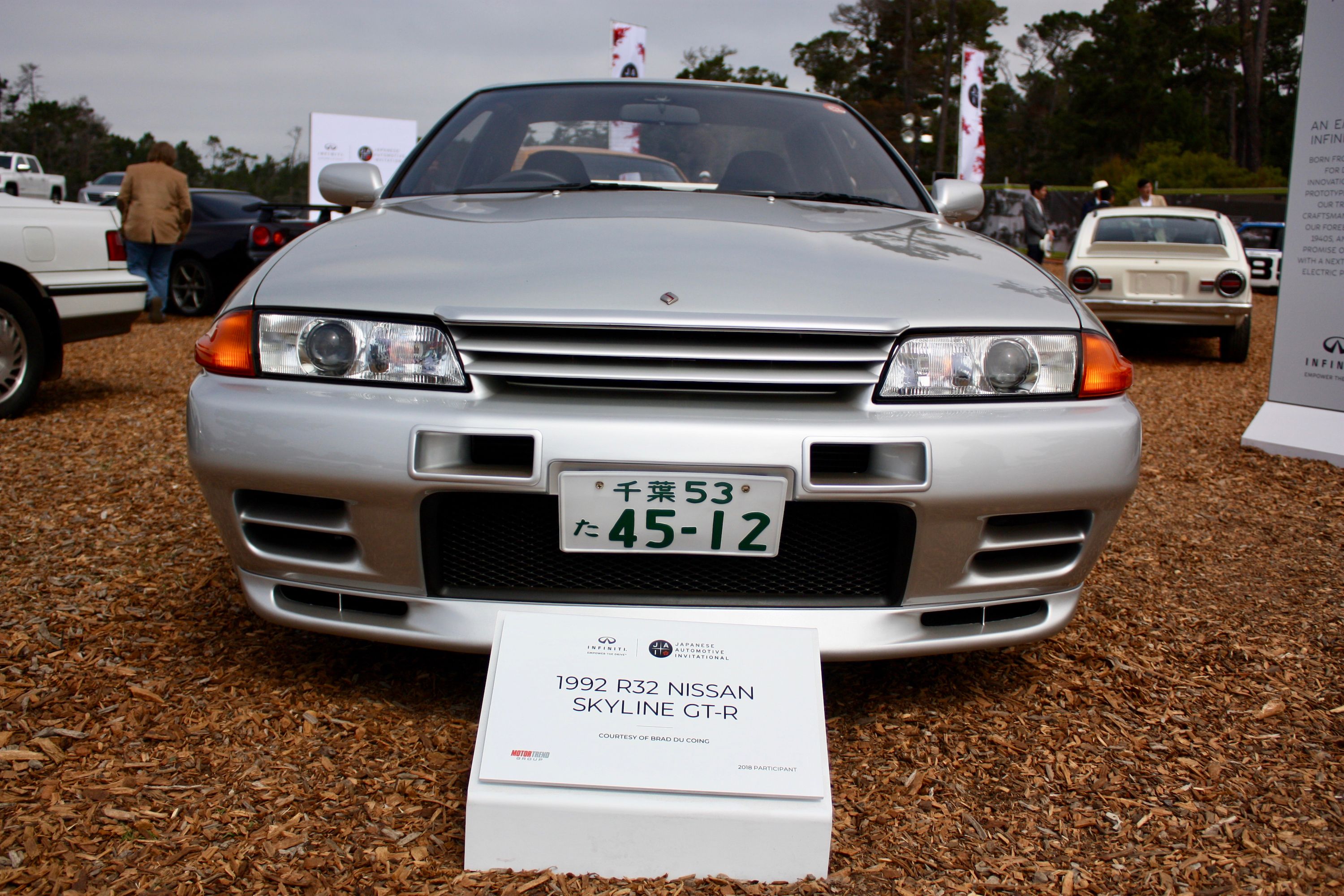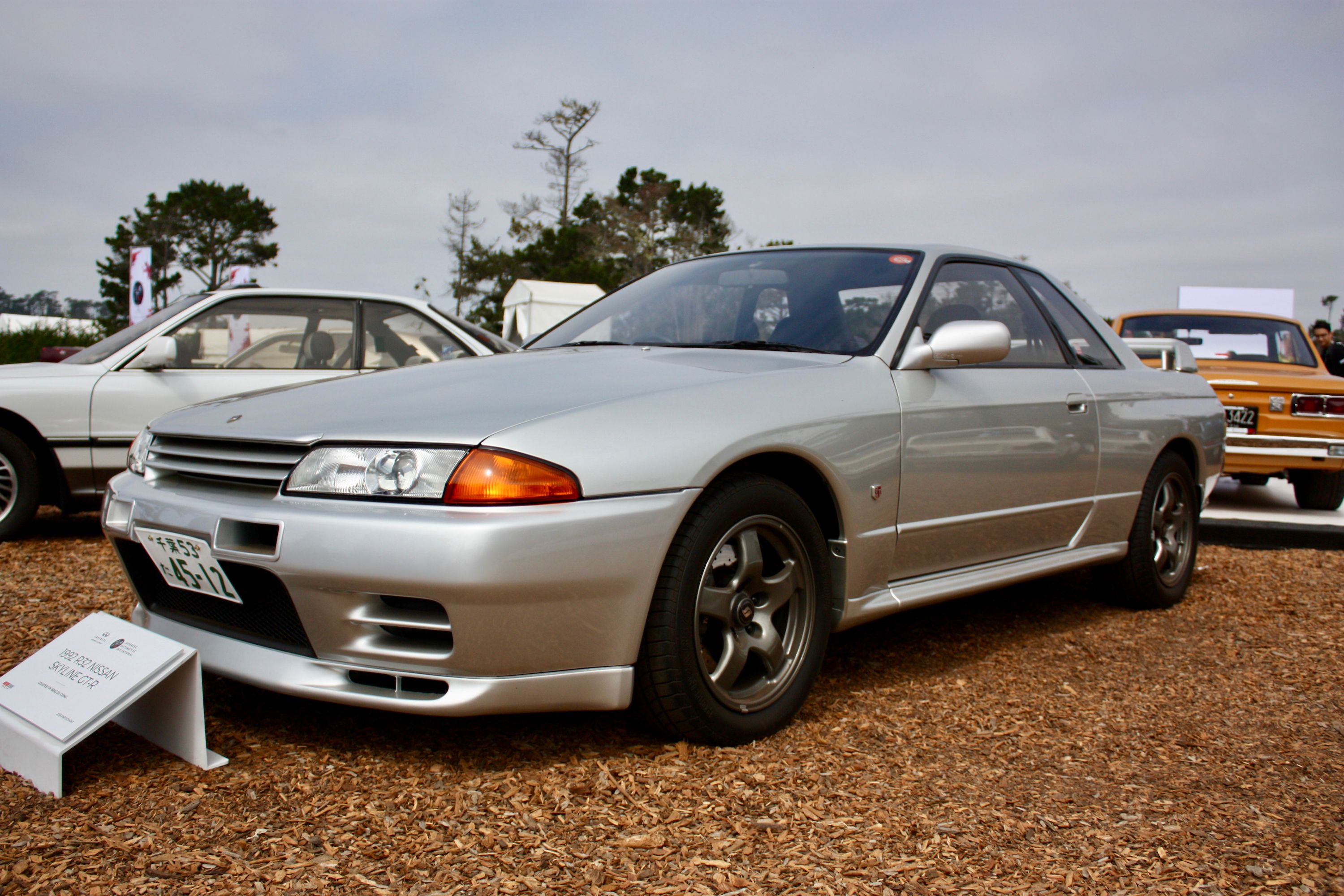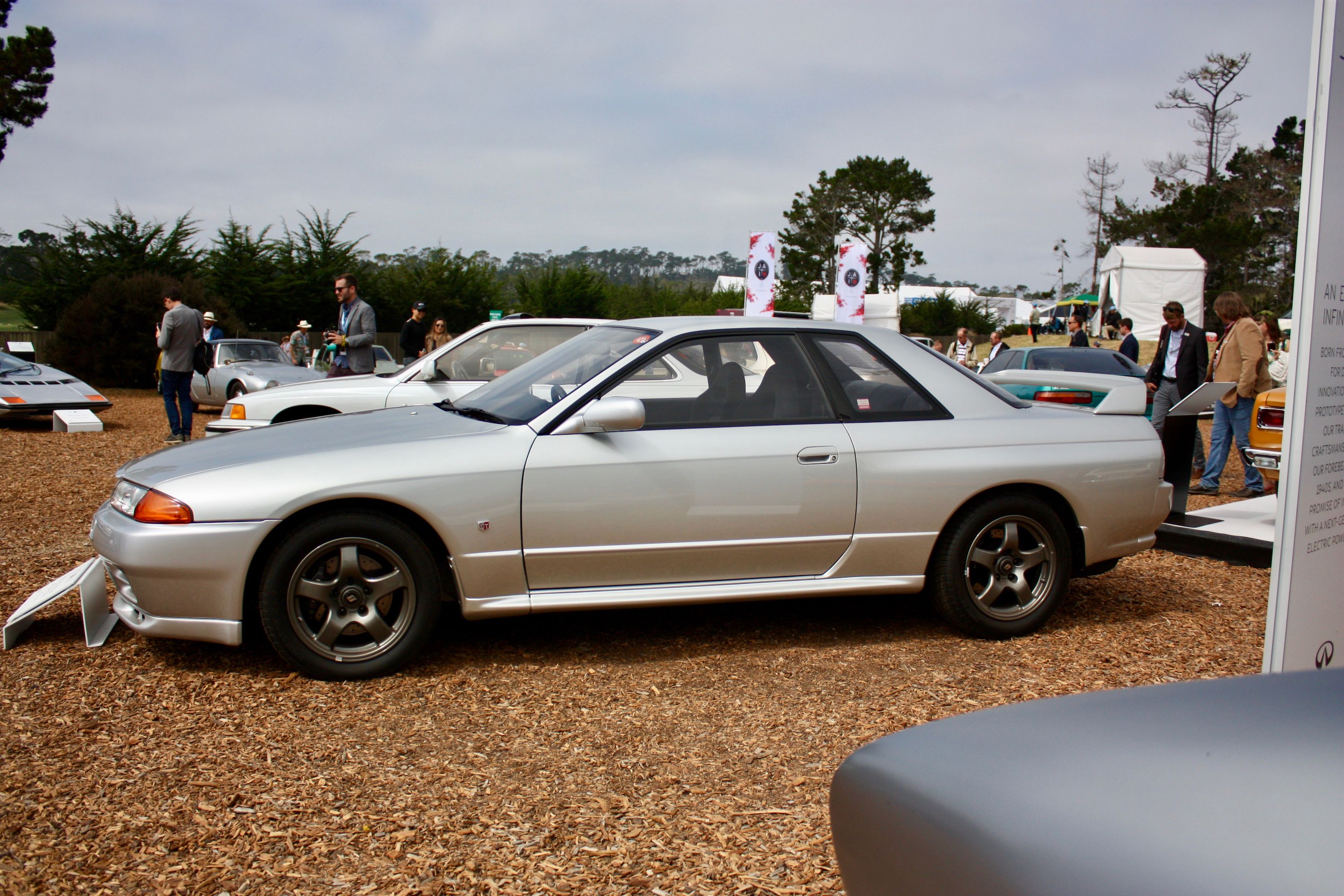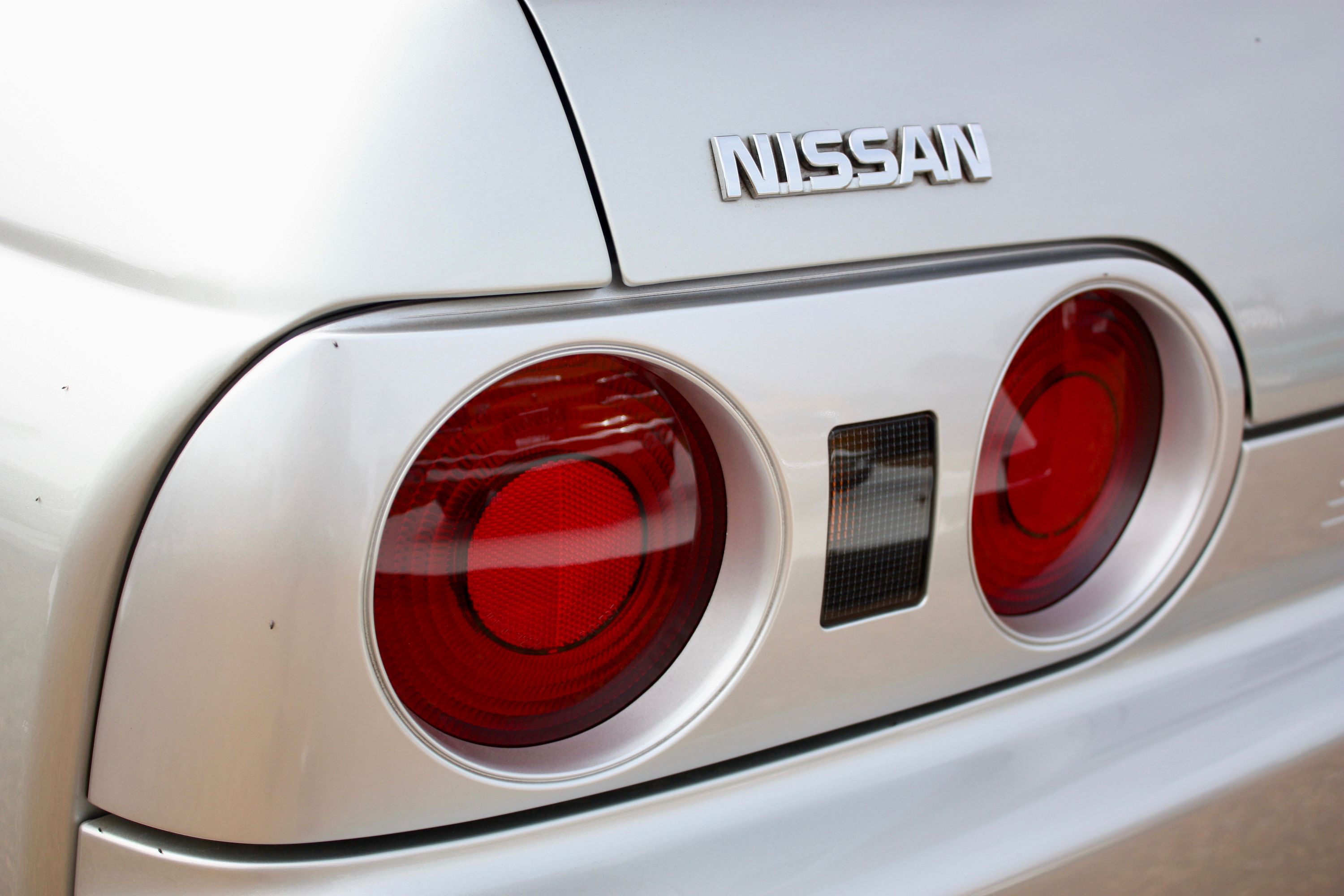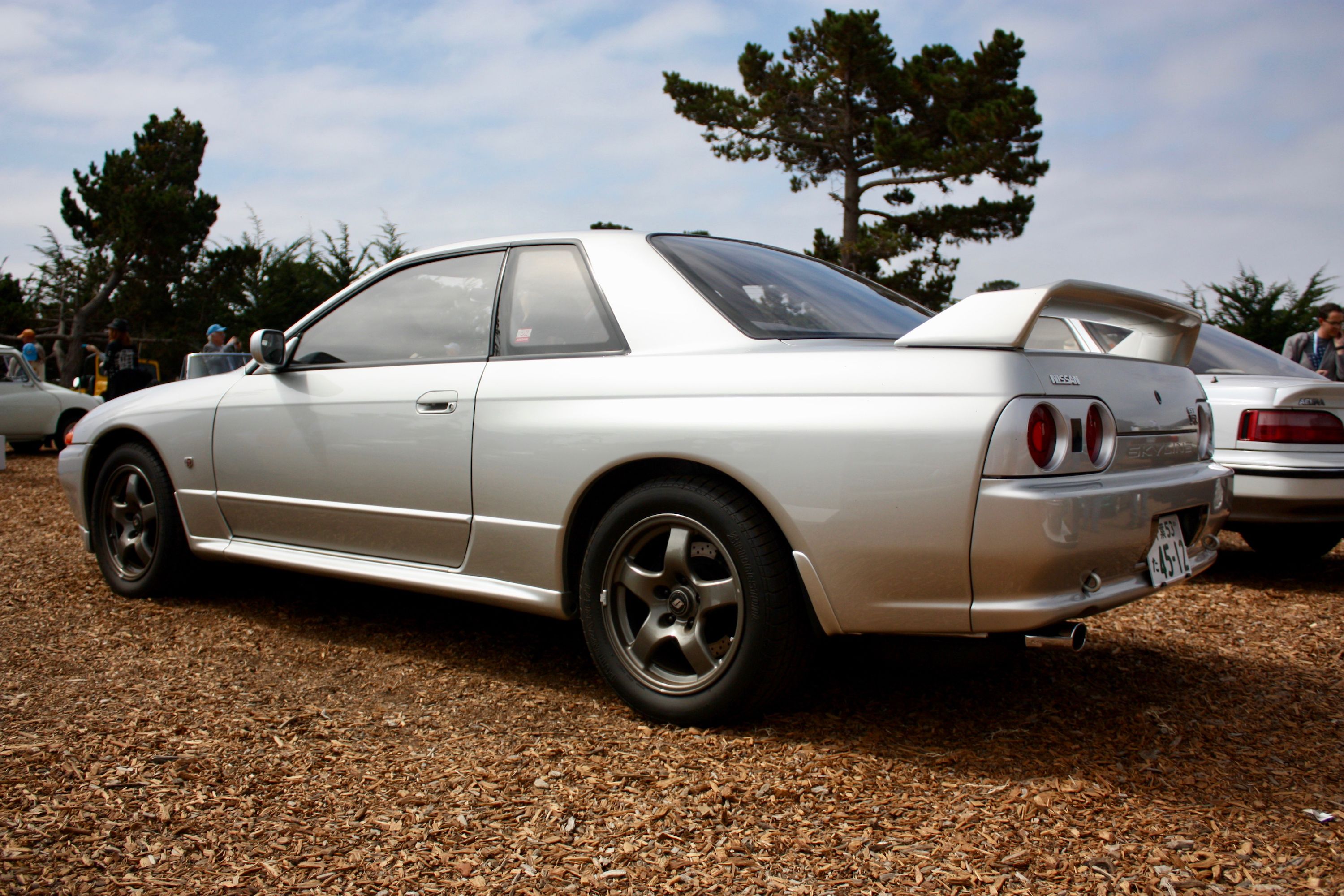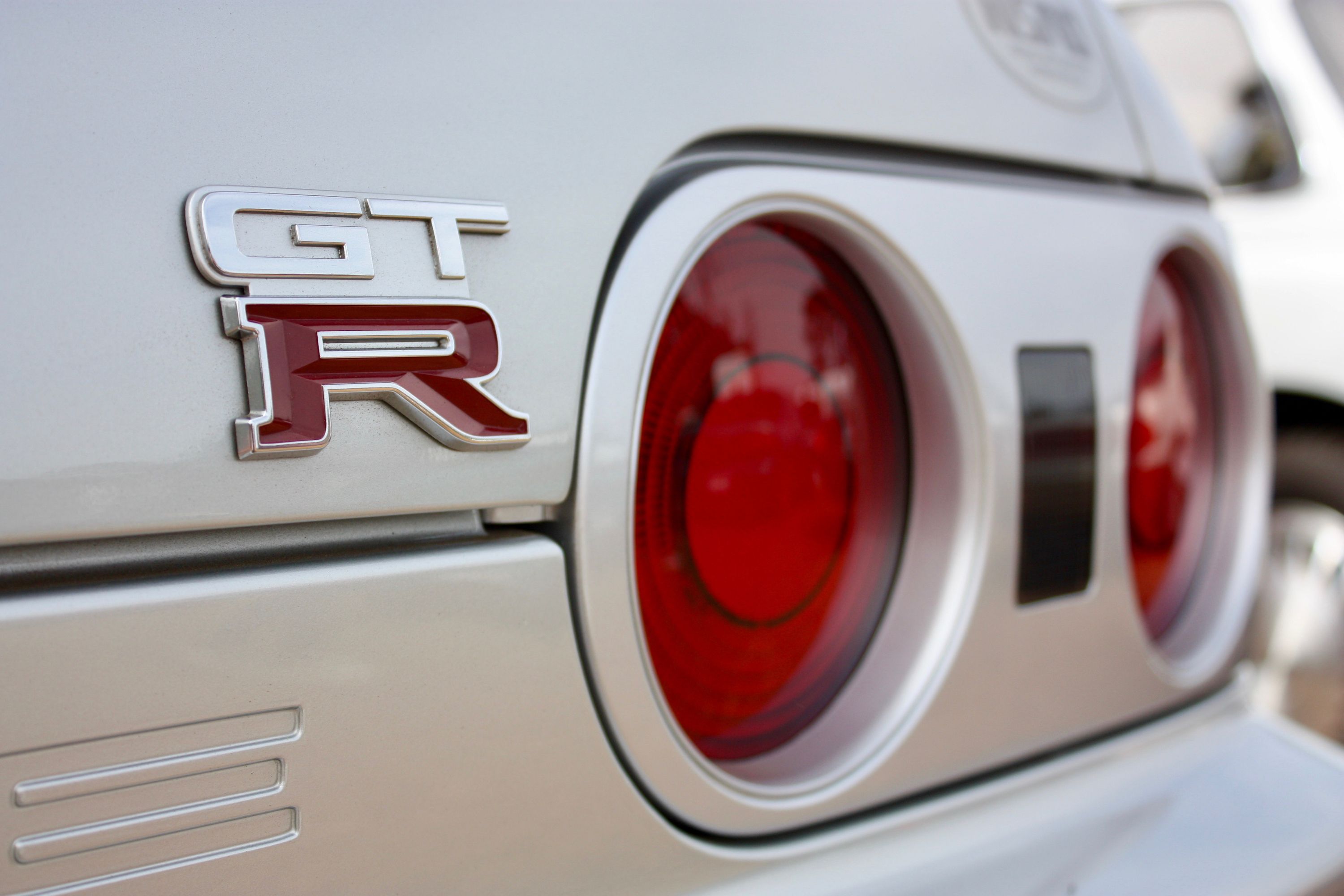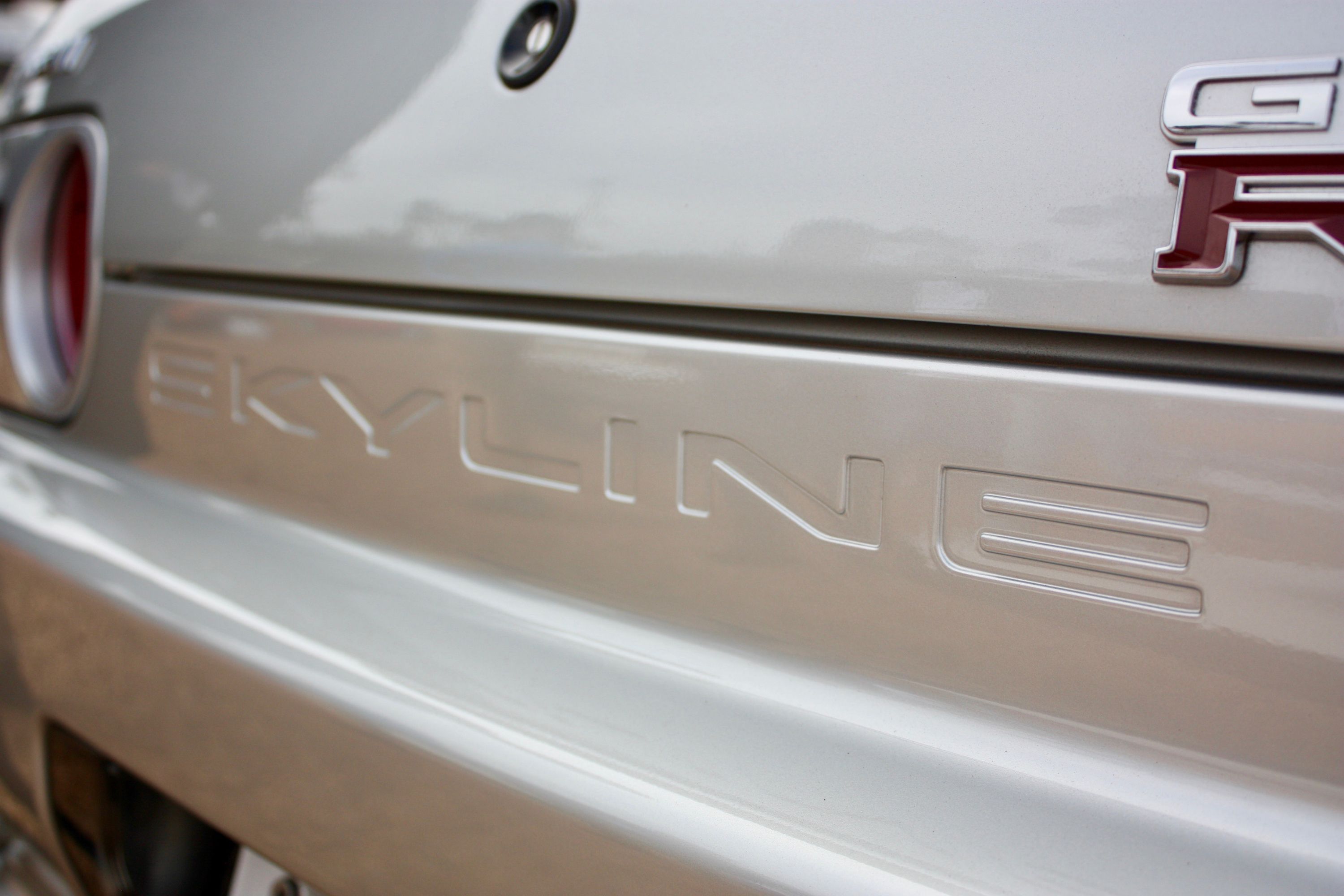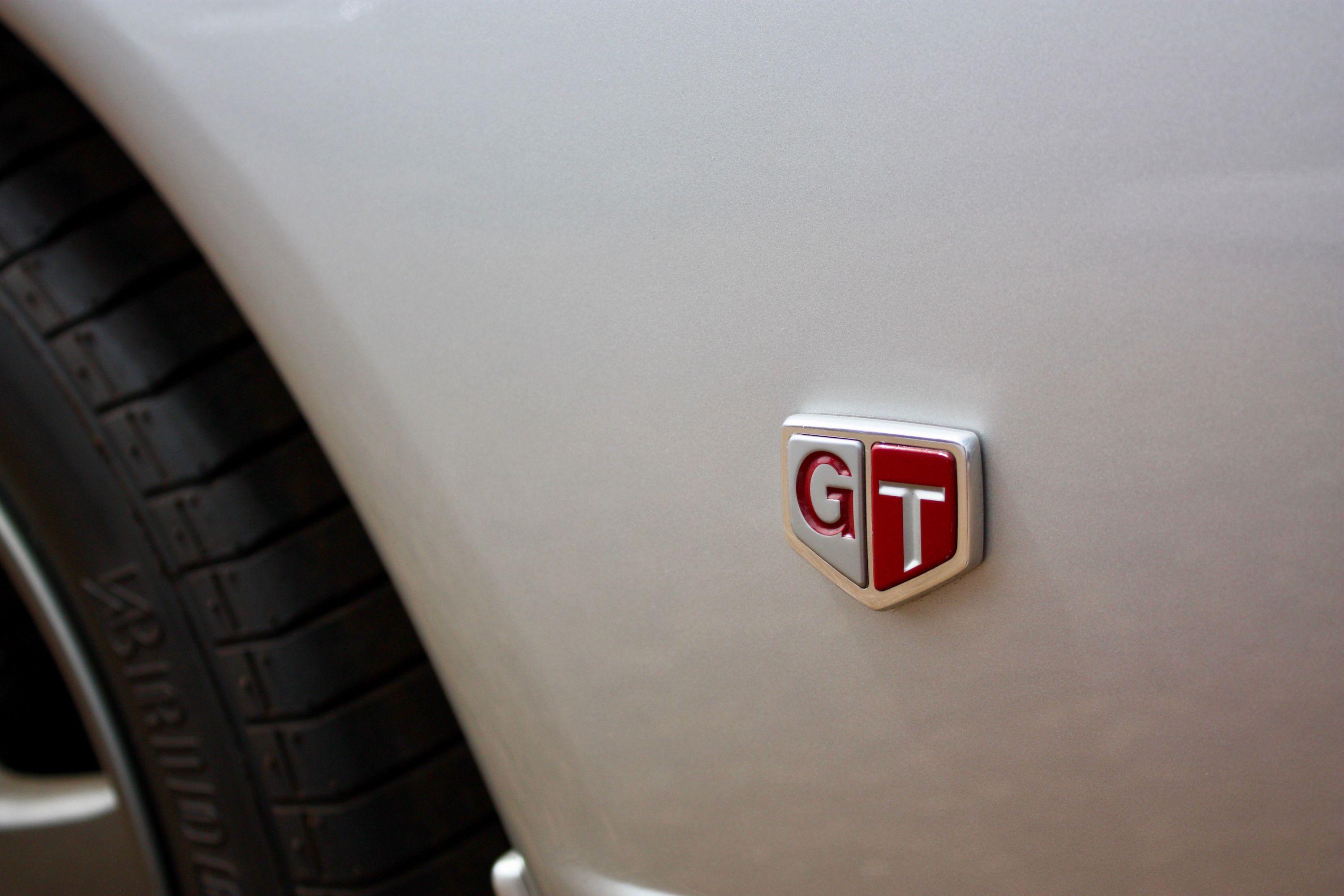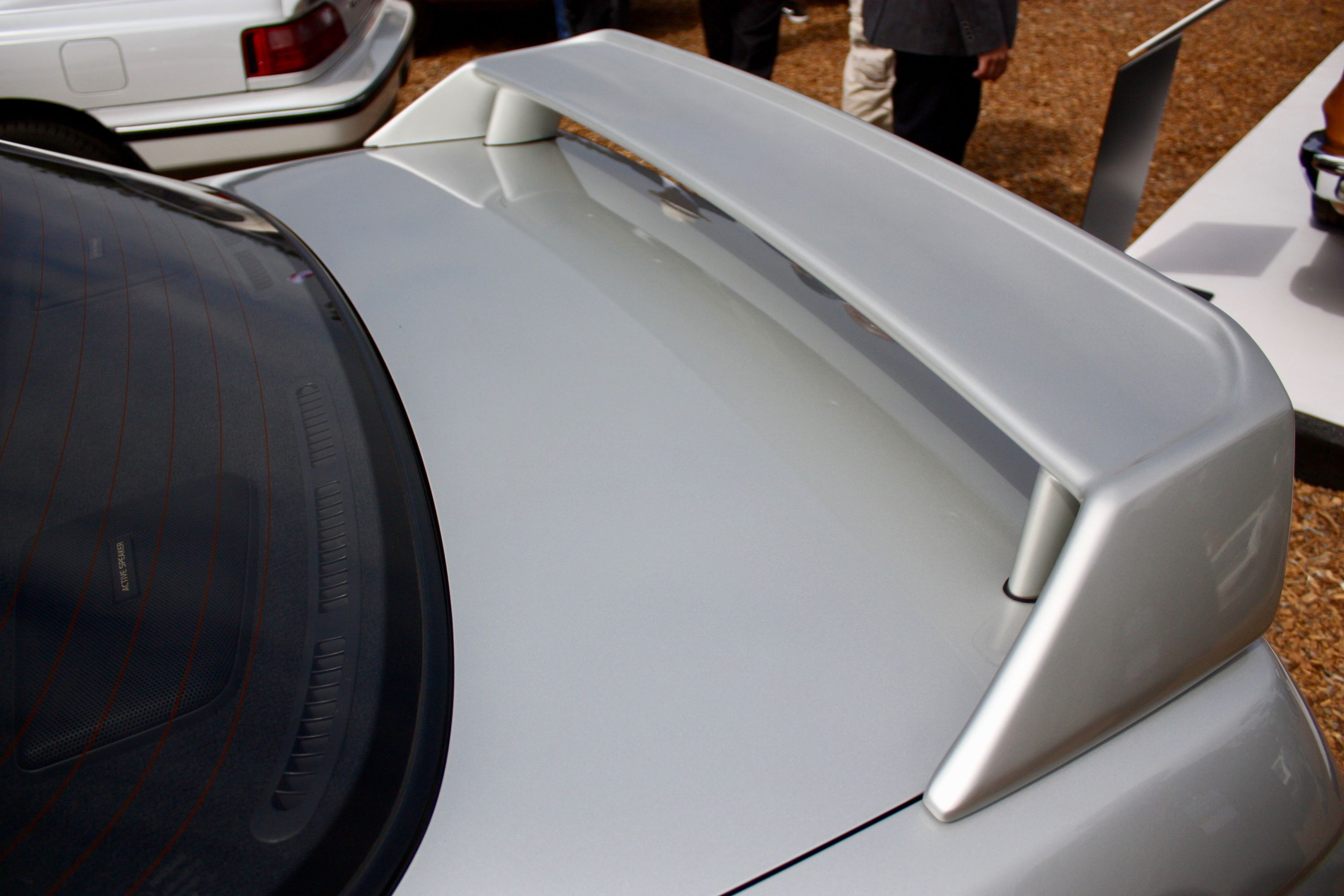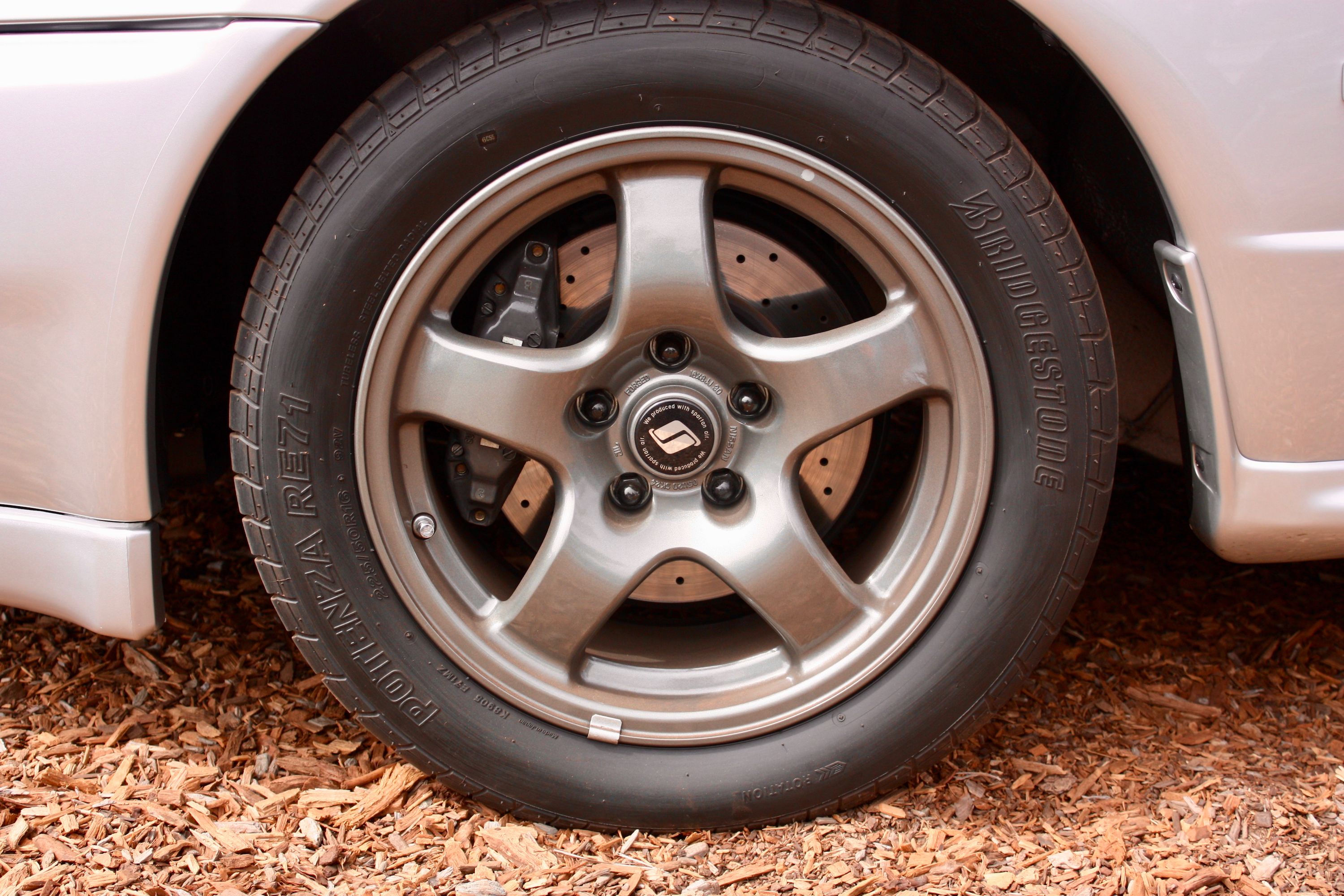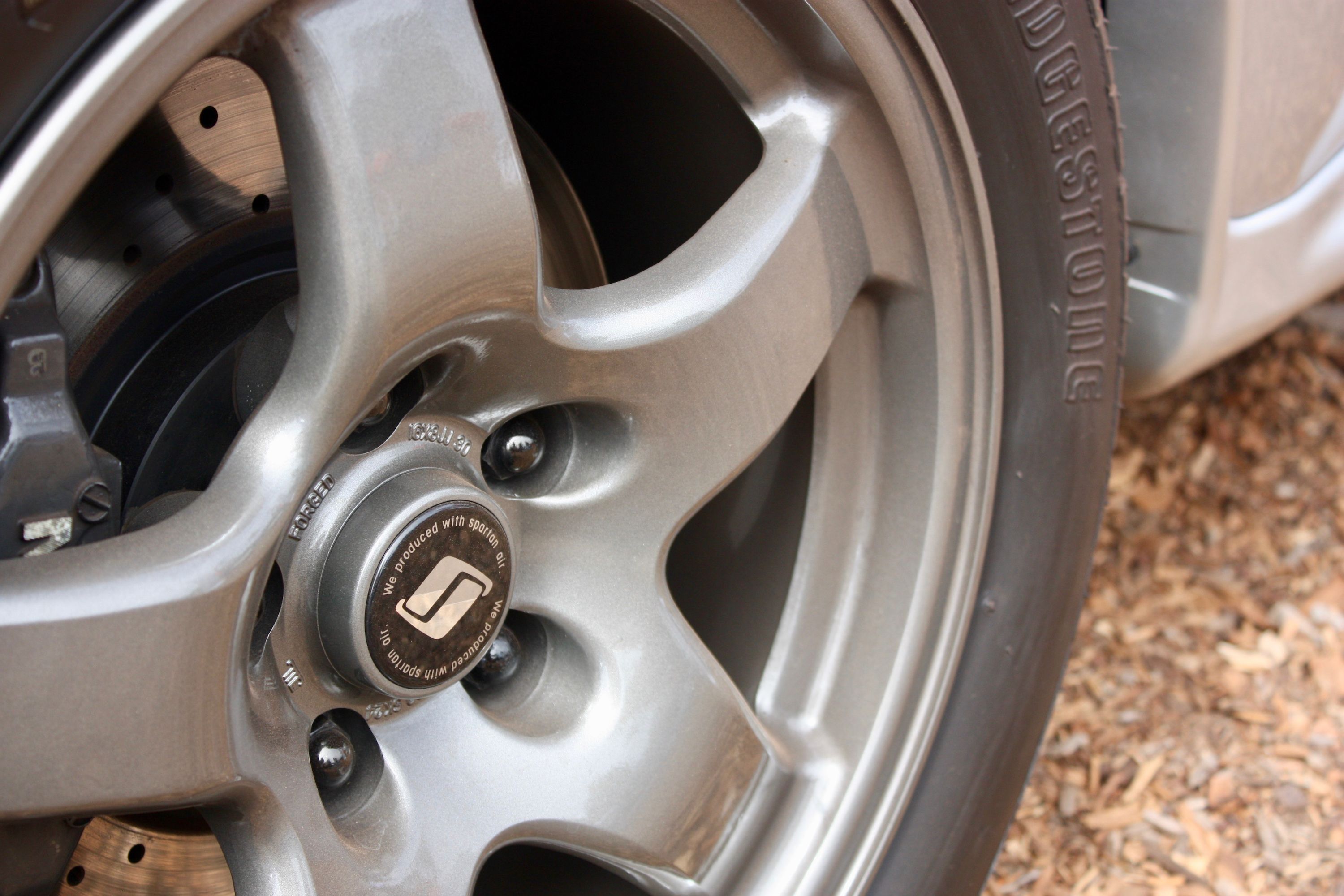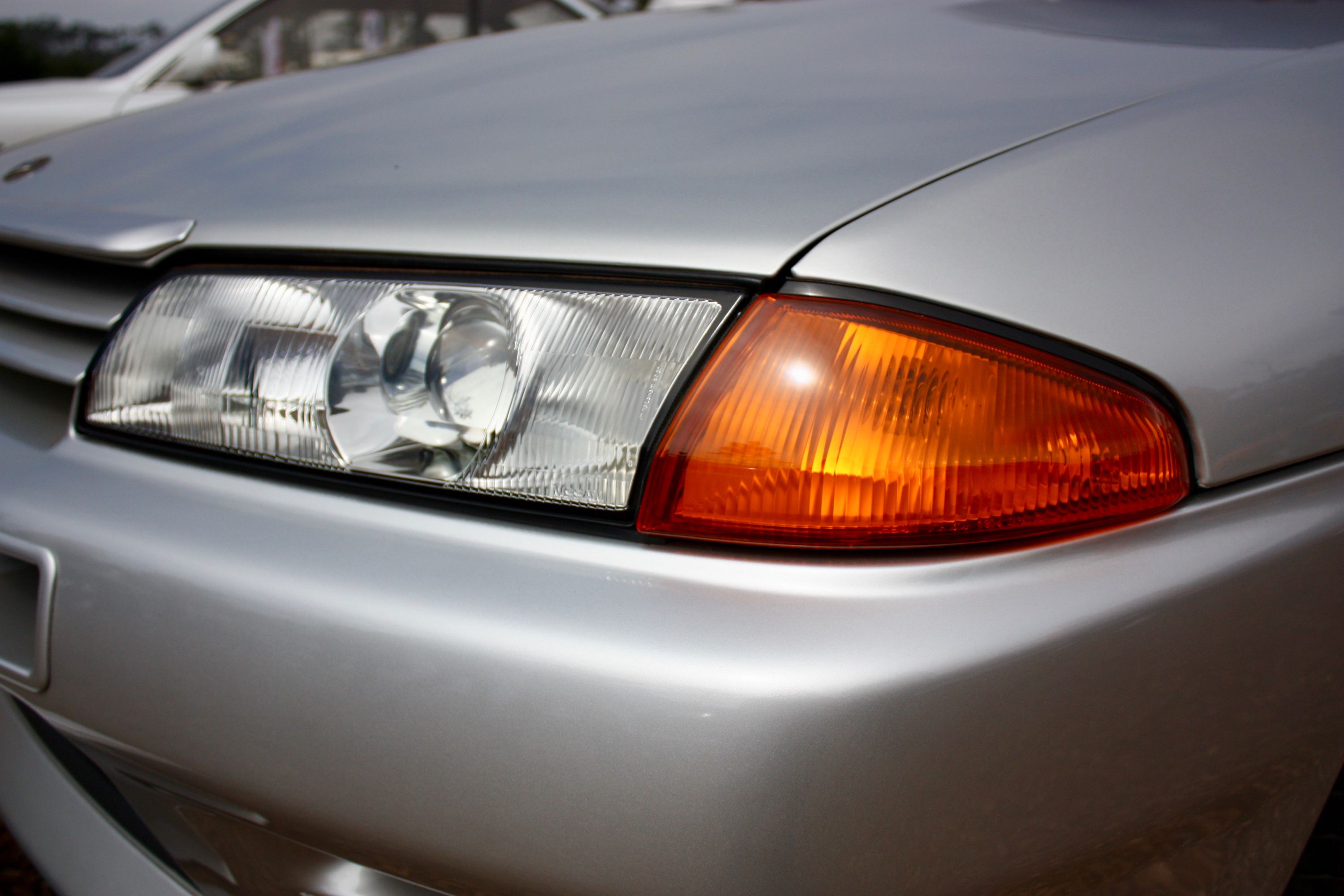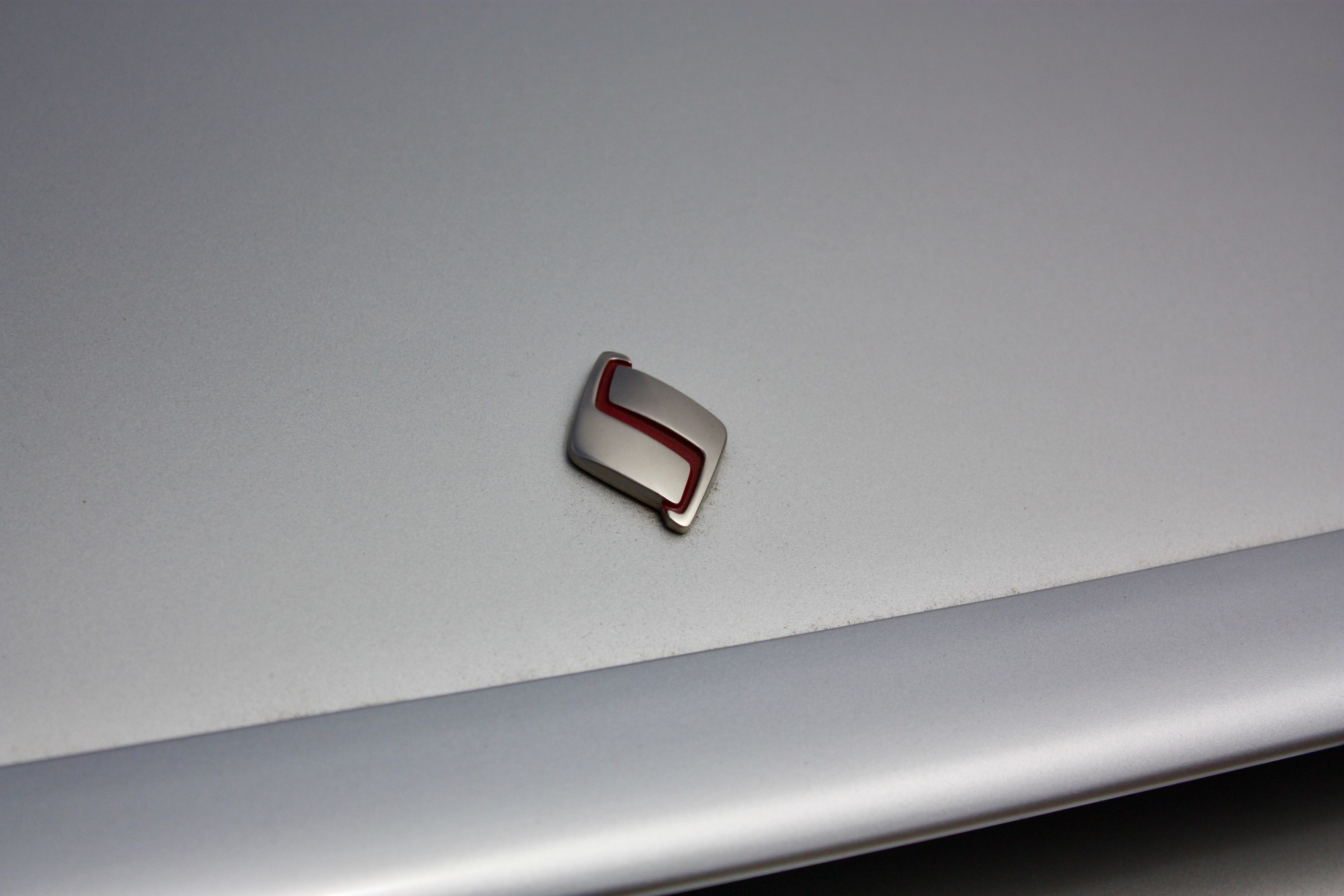The GT-R V-Spec was the range-topping model of the R32-generation Nissan Skyline. Designed for homologation purposes in order for the R32 to compete in Group A racing, the GT-R was upgraded to V-Spec features in 1993. Production ended in 1994 with only a handful of V-Spec models built. Due to its massive success in the Australian Touring Car Championship, the R32 GT-R was nicknamed "Godzilla."
Launched in 1957 by Prince, the Skyline nameplate started life as a rather common automobile. By 1969, it was sold as a Nissan and spawned a number of higher-performance versions, including the first GT-R model in 1969. The R32 arrived in 1989 when Nissan decided to drop every other body style save for the coupe and sedan. Nissan built almost 300,000 Skylines in five years, but only around 44,000 were GT-Rs. The V-Spec was produced in less than 2,800 units, making it one of the rarest GT-Rs ever. Beyond that, the V-Spec was one of the agilest productions cars on the race track back in its day. Let's find out more about that in the review below.
Continue reading to learn more about the Nissan Skyline R32 GT-R V-Spec.
1993 Nissan Skyline R32 GT-R V-Spec
- Make: Array
- Model: 1993 Nissan Skyline R32 GT-R V-Spec
- [do not use] Vehicle Model: Array
Nissan Skyline R32 GT-R V-Spec Exterior
In the late 1980s, make automakers began to depart from the wedge-style design that became popular in the 1970s, adopting more rounder features. Nissan was no exception from the trend and followed suit with the Skyline as well.
The headlamps had rounder extremities, the fenders were more muscular, and the main character line of the profile was moved closer to the beltine. Around back, the R32 Skyline adopted individual round taillights and a sculpted bumper.
The GT-R package made the R32 even more aggressive.
Onto the sides, Nissan enlarged the side skirts and made the rear fenders wider. Around back, the most notable change was the bigger wing taken from the race-spec car, but the bumper was also revised for improved aerodynamics.
The V-Spec model was identical to the regular GT-R design-wise, except for the wheels.
Other features through which you can recognize a V-Spec car include an "S" on the center cap of the BBS wheels, "Brembo" lettering on the brake calipers, and a "V-Spec" sticker on the trunk lid. The V-Spec was sold in only seven colors: Crystal White, Spark Silver Metallic, Gun Grey Metallic, Black Pearl Metallic, Red Pearl Metallic, Dark Blue Pearl, and Greysh Blue Pearl.
Nissan Skyline R32 GT-R V-Spec Interior
The Skyline's interior was pretty basic and devoid of the premium features you can find in some modern Nissans. The GT-R's interior was far from sporty by today's standards. There was no flat-bottom steering, no driver-oriented center stack, and no carbon-fiber.
The interior of the V-Spec was the same as the standard GT-R and included features like a three-spoke steering wheel with "GT-R" lettering on the center cap, a 180-kph speedometer, and a triple cluster on the center console for voltage, oil temperature, and boost readings.
The air-conditioning and climate control systems were standard, as were the electric windows. The seats were wrapped in two-tone grey cloth, but the gear shift knob and hand-brake lever had leather boots. Skyline floor mats with accent stitching rounded off the almost basic cabin.
Nissan Skyline R32 GT-R V-Spec Performance
While the first-generation Skyline was sold with inline-four engines only, Nissan began offering six-cylinder plants in the 1960s.
While the 1.8-liter four-pot and 2.0-liter inline-six mills offered in the less expensive Skyline models carried over with updates, Nissan crafted a brand-new 2.6-liter six-cylinder for the R32. The mill was first used in a limited-edition Autech GTS-4 model, but Nissan then strapped on a couple of turbochargers to create the iconic RB26DETT engine for the GT-R.
The GT-R V-Spec was quick too. Tipping the scales at only 3,150 pounds, the coupe charged from 0 to 62 mph in only 4.7 seconds, quicker than most modern sports cars. Top speed was rated at more than 150 mph, but some owners reported the car as capable of hitting at least 180 mph.
Just like the GT-R, the V-Spec model was all-wheel driven. Like the 959, the GT-R's AWD system used an electro-hydraulic clutch to split torque between the front and the rear. However, while the Porsche split torque based on the car's weight distribution at a given moment, the GT-R remained rear wheel drive until the rear wheels lost traction.
It also had the same Garrett T28 turbochargers. On top of the standard GT-R features, the V-Spec came with an active limited-slip differential and four-piston Brembo disc brakes. The V-Spec II upgrade introduced in 1994 added wider Potenza tires.
The R32 GT-R became famous for its tremendous track performance. Upon its arrival, the Japanese coupe set a new record for production cars on the Nurburgring, lapping the German track in 8:20 minutes. Impressively enough, the GT-R smashed the previous record that was held by the Porsche 944 by no fewer than 25 seconds.
Nissan Skyline R32 GT-R V-Spec Pricing
Nissan built a total of 296,087 R32 Skylines, of which only 43,934 had a GT-R badge. The V-Spec run was limited to less than 3,000 examples. In 1993, Nissan built 1,453 V-Spec models, while in 1994, production of the V-Spec II cars stopped at 1,303 units. While the V-Spec is as limited as classic cars get, it's not the rarest R32 GT-R. Nissan made only 560 Nismo models and just 228 N1 examples.
Although it's not awfully rare, the R32 V-Spec isn't exactly affordable nowadays. While a GT-R would have set you back less than $30,000 a decade ago, they have become significantly more expensive in recent years. Sure, you can still find examples that need repairs for less than $50,000, but a mint-condition, low-mileage examples costs in excess of $75,000 and can even move close to $100,000 with a V-Spec badge.
Registering an R32 GT-R in the U.S. is easy in most states, but California residents will have to pay $10,000 for the car to the taken to a lab, emissions tested, and fixed with larger catalytic converters and other modifications, according to Hagerty.
Nissan Skyline R32 GT-R V-Spec Competitors
Ford Sierra RS Cosworth
Although Nissan's chief engineer, Naganori Ito, intended to use the GT-R against the Porsche 959, the German supercar proved too powerful for the Skyline. However, the GT-R V-Spec continued the success of the regular GT-R in touring car racing, so the road-going model became a competitor for other homologation cars, starting with the Ford Sierra Cosworth. Based on a mid-size sedan launched in 1982, the RS Cosworth was Ford Motorsport's take on Group A racing. Fitted with a more aggressive body kit, including a big rear wing and BBS wheels, the Sierra RS dropped the mild engine in the regular model in favor of a turbocharged, 2.0-liter, four-cylinder.
At first good for 204 horsepower, the unit was upgraded to 220 horses in the early 1990s. Of course, the racing version delivered in excess of 300 horsepower. In 1990, Ford added an all-wheel drive system, mainly to homologate the car for rally racing. The motorsport version scored many important wins, including the Australian Touring Car Championship and Japanese Touring Car Championship in 1988 and 1989, as well as the DTM series in 1988. It also won the British Touring Car Championship and the Australian Endurance Championship in 1990. The Sierra Cosworth also won the famous Bathurst 1000 race twice, in 1988 and 1989, right before the R32 GT-R arrive into the scene. Unlike the R32 GT-R, the Sierra Cosworth isn't as popular in the United States.
Racing Success and "Godzilla" Nickname
The Skyline GT-R badge was already famous on both the road and track by the 1980s, but the R31 had a rather lackluster career. As a result, Nissan put a lot of effort and money into the R32. Its purpose was to design an unbeatable race car and an equally competitive road-legal version. And needless to say, Nissan succeeded.
Track success came as soon as the GT-R hit the racing scene.
The nickname continued to live on through other generations, despite the R33 and R34 being significantly less successful on the track.
The R32 GT-R dominance eventually led to the demise of Group A touring car racing in Australia and Japan. Both series were reorganized, with the JTCC replaced by the Supertouring category, which eventually became the GT500 class of today.
Conclusion
The V-Spec was nothing more than a mild update forced by regulation changes for Group A. However, the V-Spec model was just as successful on the race track and the production model went on to become a bit more popular thanks to the extra features. A regular GT-R can still fetch as much or more than a V-Spec based on its condition and mileage, but certain collectors are actually hunting these cars over the standard model. Arguably one of the most important Japanese cars ever built, the R32 GT-R V-Spec is a true collectors item. The good news is that it's still somewhat affordable, with mint condition usually costing less than $100,000. Yes, it's cheaper than a modern GT-R!

